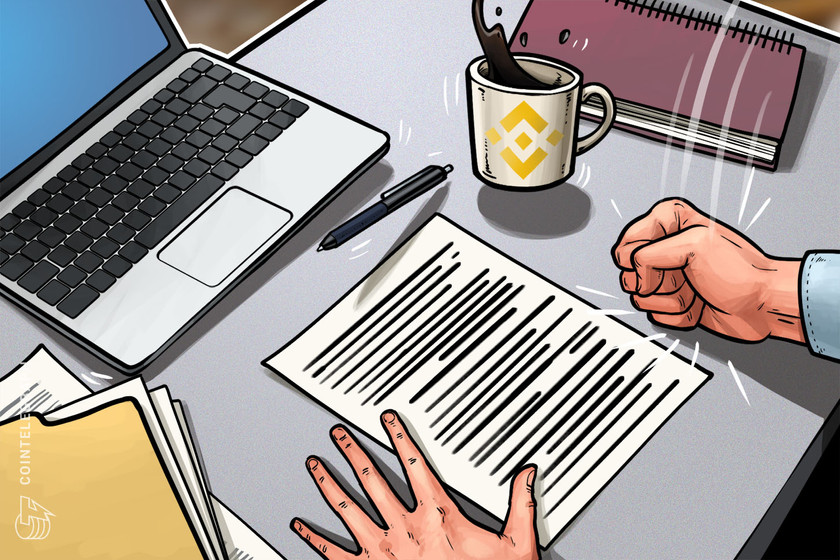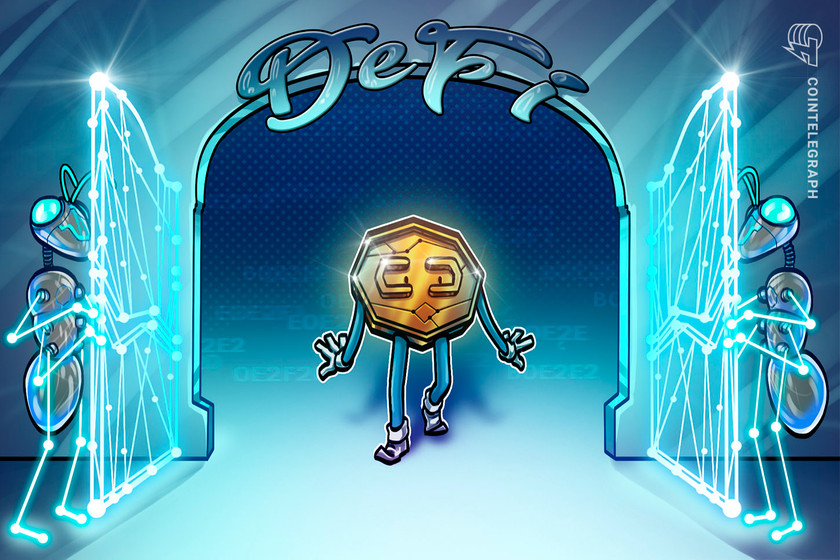Gemini to launch derivatives platform outside the United States


The platform’s first derivatives contract will be a BTC perpetual contract denominated in Gemini Dollar, followed by an ETH/GUSD perpetual contract.
United States-based crypto exchange Gemini announced on April 21 the upcoming launch of a derivatives platform outside the United States. The move comes amid a tightening, uncertain regulatory environment for crypto firms in the country.
Dubbed Gemini Foundation, the offshore division will offer services to users based in Singapore, Hong Kong, India, Argentina, Bahamas, Bermuda, the British Virgin Islands, Bhutan, Brazil, the Cayman Islands, Chile, Egypt, El Salvador, Guernsey, Israel, Jersey, New Zealand, Nigeria, Panama, Peru, the Philippines, Saint Lucia, Saint Vincent and Grenadine, South Africa, South Korea, Switzerland, Thailand, Turkey, Uruguay and Vietnam. It will not offer services for customers in the United States.
The platform’s first derivatives contract will be a Bitcoin (BTC) perpetual contract denominated in Gemini Dollar (GUSD), followed by an ETH/GUSD perpetual contract shortly after.
1/ Introducing Gemini Foundation – a non-US crypto derivatives platform.
Coming soon…https://t.co/HtFHHfAP8d
— Gemini (@Gemini) April 21, 2023
Eligible customers will be able to trade both spot and derivatives products, as well as convert U.S. dollars and USD Coin (USDC) into GUSD on a 1:1 basis. Fees, profits and losses will also be processed in GUSD. The default leverage is 20x, with the maximum possible leverage being 100x.
Unlike traditional futures contracts, perpetual contracts never expire. Perpetual futures trading is not regulated by the Commodity Futures Trading Commission, and exchanges offering crypto futures contracts, like BitMEX, are not available for U.S. customers.
Related: What are perpetual futures contracts in cryptocurrency?
The move comes a few days after Gemini revealed plans to establish a new engineering hub in India. The exchange’s founders, Tyler and Cameron Winklevoss, recently announced that Gemini has “big plans for international growth this year in APAC.” Earlier this month, Gemini filed a pre-registration with the Ontario Securities Commission to become a restricted dealer in Canada.
Gemini has been scrutinized by U.S. authorities, with the New York State Department of Financial Services reportedly investigating the exchange over claims that many users had believed assets in their Earn accounts were protected by the Federal Deposit Insurance Corporation.
Gemini’s Earn program halted withdrawals in November after its operating partner, Genesis, cited “unprecedented market turmoil.” In January, the firm filed for Chapter 11 bankruptcy. Reports at the time suggested that up to $900 million in Earn user funds could have been locked. The U.S. Securities and Exchange Commission also charged the exchange with offering unregistered securities through Earn in January.
Magazine: Best and worst countries for crypto taxes — Plus crypto tax tips
























